
I have previously shown the grave of William Perkin, a great british organic chemist. On a recent visit to Paris, I went to see the crypt in the Panthéon, the great french secular necropolis. What a contrast to Perkin!

I have previously shown the grave of William Perkin, a great british organic chemist. On a recent visit to Paris, I went to see the crypt in the Panthéon, the great french secular necropolis. What a contrast to Perkin!
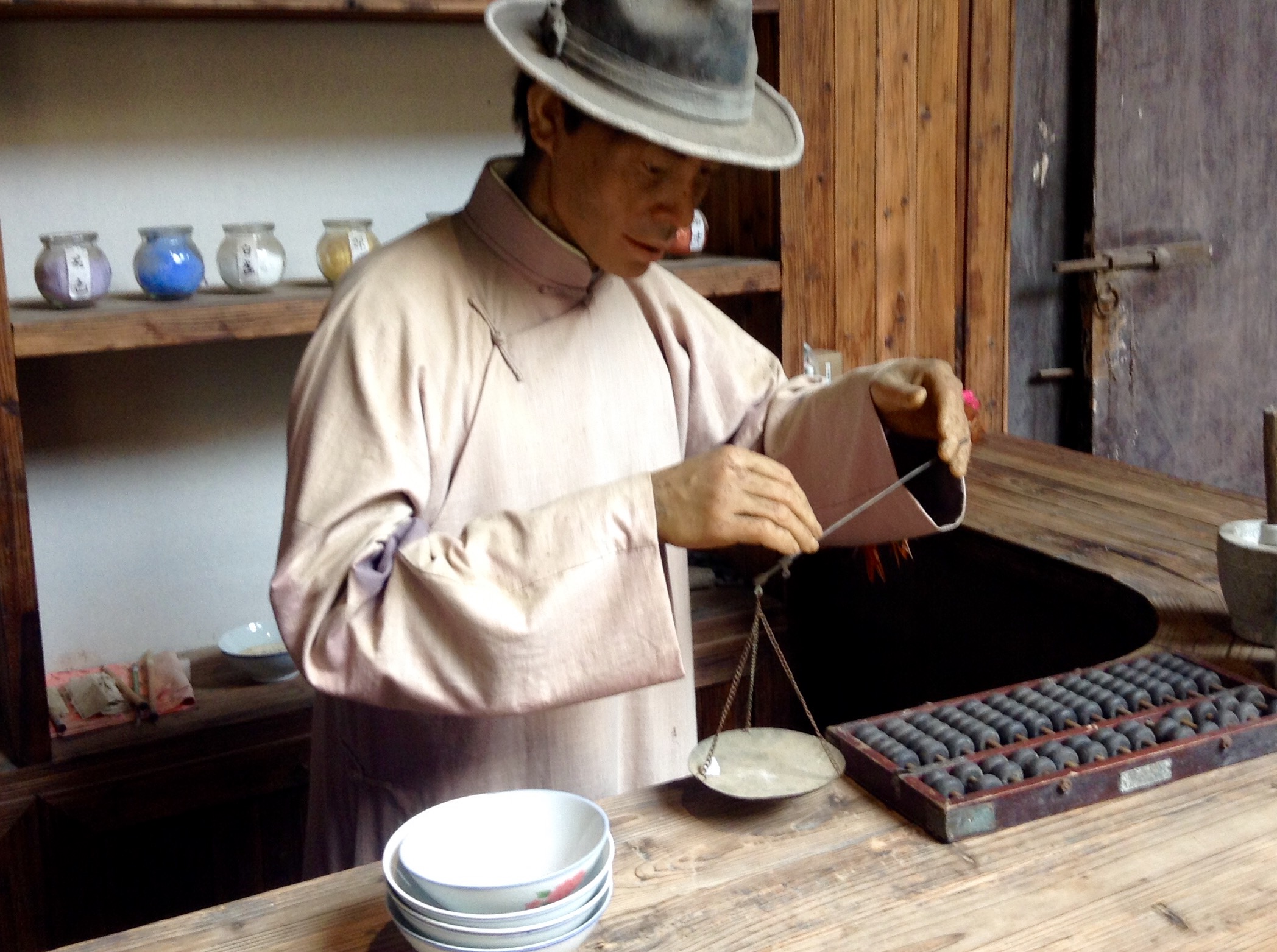
In Jingdezhen an Imperial Kiln was built in 1369 to produce porcelain that was “white as jade, thin as paper, bright as a mirror and tuneful as a bell”. It’s the colours of the glazes that caught my eye, achieved by a combination of oxidative and reductive firing in the kiln, coupled with exquisite control […]

This comes to you from China, and the city of Suzhou. To set the scene, cities in China have a lot of motorbikes. Electric ones. With their own speed units, a % of Panda speed.
A fascinating re-examination has appeared of a reaction first published in 1960 by Wittig and then repudiated by him in 1964 since it could not be replicated by a later student.
How does an anaesthetic work?

Previously, I explored deviation from ideal tetrahedral arrangements of four carbon ligands around a central (sp3) carbon using crystal structures. Now it is the turn of digonal (sp1) and trigonal (sp2) carbons.
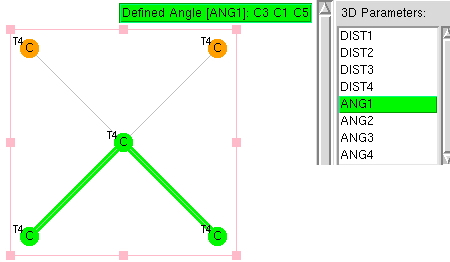
An article entitled "Four Decades of the Chemistry of Planar Hypercoordinate Compounds" was recently reviewed by Steve Bacharach on his blog, where you can also see comments.
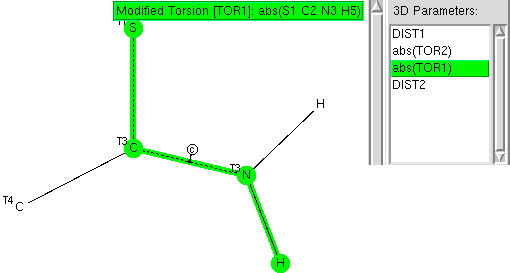
The previous post explored the structural features of amides. Here I compare the analysis with that for the closely related thioamides.
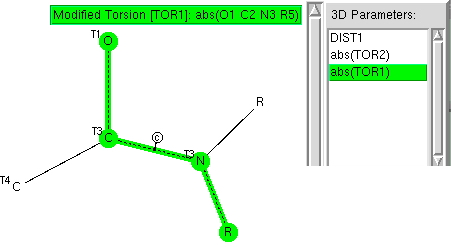
The π-resonance in amides famously helped Pauling to his proposal of a helical structure for proteins. Here I explore some geometric properties of amides related to the C-N bond and the torsions about it.
The first conference devoted to scientific uses of Wikipedia has just finished; there was lots of fascinating stuff but here I concentrate on one report that I thought was especially interesting. To introduce it, I need first to introduce WikiData. This is part of the WikiMedia ecosystem, and one of the newest.
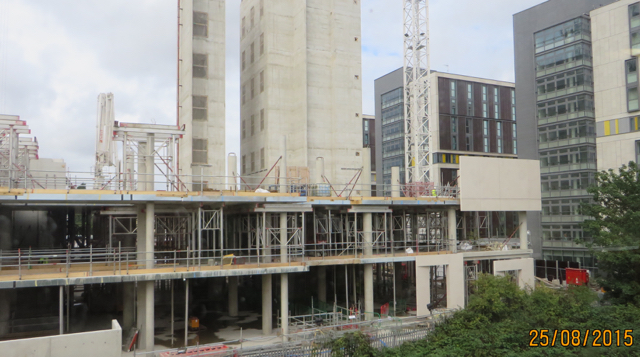
Most visitors to London use the famous underground trains (the “tube”) or a double-decker bus to see the city (one can also use rivers and canals). So I thought, during the tourism month of August, I would show you an alternative overground circumnavigation of the city using the metaphor of benzene.